The purest eastern wolves are found within Algonquin Park. However, north of the park, there are hybrid grey/eastern wolves. In southern Ontario, eastern wolves have been interbreeding with coyotes (Canis latrans). That has created a new variety of wild canine: the eastern coyote or coywolf, which has been moving east and has now reached Nova Scotia and Newfoundland.
Such hybridization threatens the purity of the eastern Canadian wolf and could affect its future as a distinct species, especially in southern Ontario where coyote numbers are increasing. Wolves need suitable habitat with game such as deer and beaver, while coyotes can live almost anywhere they can find food. Coyotes thrive in areas where humans live, and this has led to an exploding coyote population that is now pushing into wolf habitat.
A report from the Algonquin Wolf Advisory Group suggests that one way to control this hybridization of the eastern Canadian wolf is to pass laws that protect wolves and wolf habitat and target the reduction of coyotes and coyote hybrids in and around Algonquin Park.
The Canadian Parks and Wilderness Society, Ottawa Valley Chapter, has several goals to protect eastern wolves. One is to persuade the Ontario government to implement an immediate ban on the killing of grey and eastern wolves in all provincial parks and conservation reserves. For more information on the eastern wolf campaign or to get involved, contact John McDonnell at [email protected] or by phone at 613- 232-7297.
Wolves Ontario! also is working to protect these endangered eastern wolves. For more details, email [email protected] or call 416-599-0152.
For more information about Eastern wolf research taking place in Algonquin, go here.


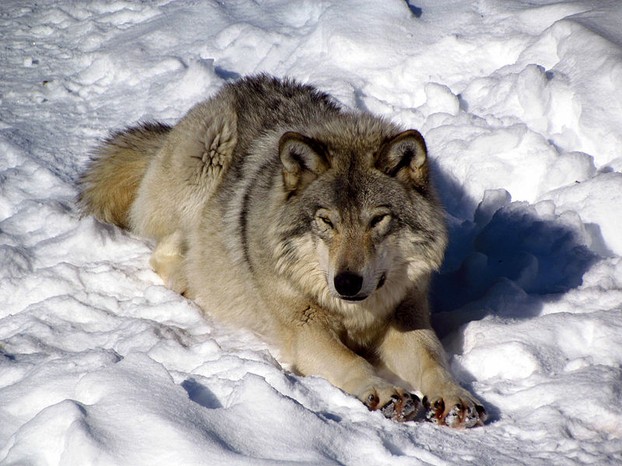
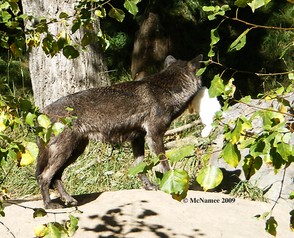
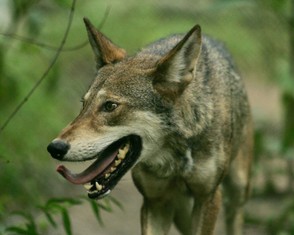
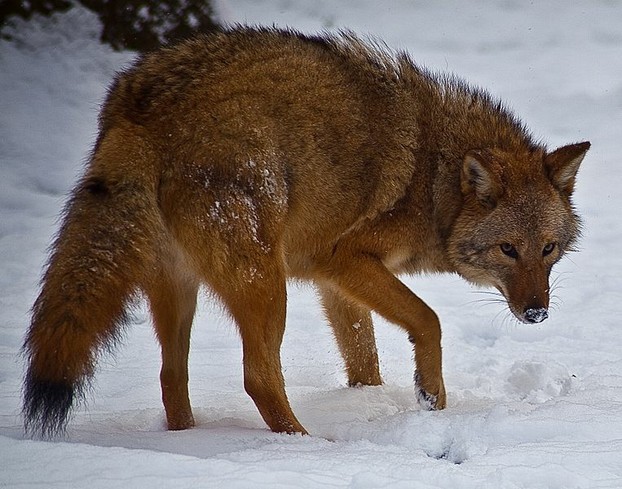




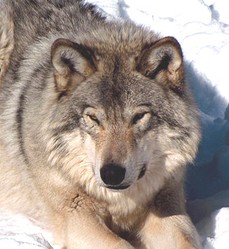

 Versatile Nova Scotia Duck Tolling Retrieverson 08/02/2014
Versatile Nova Scotia Duck Tolling Retrieverson 08/02/2014
 Should You Spay or Neuter Your Puppy?on 08/12/2014
Should You Spay or Neuter Your Puppy?on 08/12/2014
 Horse Racing History: the Preakness Stakeson 05/15/2014
Horse Racing History: the Preakness Stakeson 05/15/2014
 Dinosaurs Will Be On Display in Trenton, Ontario, Canadaon 07/29/2013
Dinosaurs Will Be On Display in Trenton, Ontario, Canadaon 07/29/2013

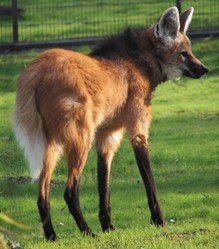
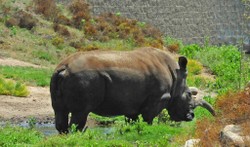
Comments
I agree. Most apex predators are now endangered.
I feel that we are not doing enough for the endangered species of wolves, if this goes on forever, we will not have any flora and fauna left on planet earth. Loved the images, the poor creatures need to be saved.